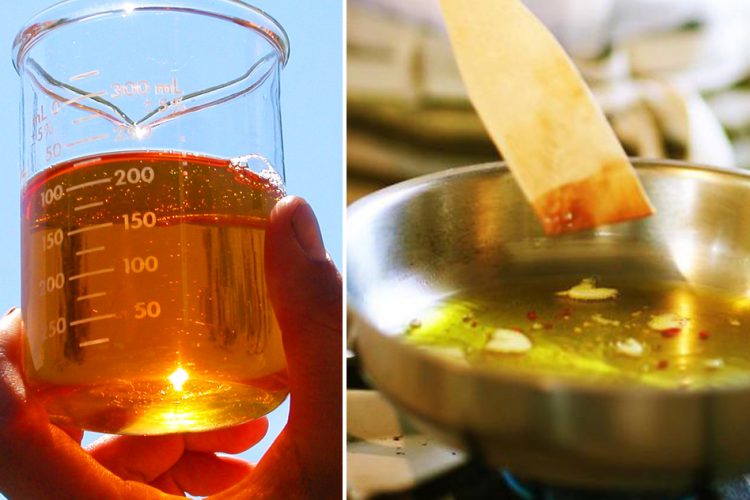A breakthrough
Having a hard time to believe? The centre in the Nitte, Udupi region of Karnataka has found out a cheaper alternative. A diesel fuel that is made by reacting vegetable oil with other common chemicals. It is less expensive, renewable and a clean-burning fuel. It can be used in any diesel automotive engine in its pure form or blended with petroleum-based diesel at any concentration.
Pioneering research
NMAMIT(Nitte Mahalinga Adyanthaya Memorial Institute of Technology ) is the first one to produce biodiesel using the waste oil used for cooking from the hotels and bakers in the area. Rather than the waste oil being thrown in the drains it will be saved and put to some much-required use. A litre of cooking oil can produce up to 95% of bio-diesel. It is commonly produced by transesterification (a process of exchanging the organic group R″ of an ester with the organic group R′ of an alcohol. These reactions are often catalyzed by the addition of an acid or base catalyst) of the vegetable oil or the animal fat feedstock. This production process is used to convert the base oil to the desired fuel. Any free fatty acids in the base oil are either converted to soap or removed from the process or they are further esterifies using an acidic catalyst. After the processing, unlike vegetable oil, biodiesel has combustion properties that are similar to those of petroleum and can replace it in most current uses. A by-product of the process is glycerol/ glycerine. It is colorless, odourless viscous liquid.
The Process
The process is not a simple one and it will need some equipment and some chemicals to get it done. A simple version of the process is described below
- The used cooking oil is collected and is prepared for the conversion by putting it through a filtration process to remove the food particles from the oil. Also check the pH value of the oil before you start the conversion process
- The oil is then dried by heating it to temperate over 210 degrees
- Next step is to titrate the oil by using the right amount of catalyst which can be determined using the pH value of the oil that you had measured before the process
- The catalyst used is (NaOH) and it is mixed with ethanol or methanol to form Methoxide
- Methoxide is then mixed with the oil for about 2 hours and is allowed to settle down for about 24 hours.
- The glycerin will settle at the bottom and you can pump the biodiesel into a water wash tank and then let it settle once again.
- After a day you can then transfer the washed biodiesel to the storage container and let it dry out. Propane can also be used to speed the drying process
Equipments Needed For Making Biodiesel
There are a few equipments that you will require to make biodiesel from cooking oil and some of the commonly used equipments are :-
- Oil collection Tank
- Standpipe wash tank
- Methoxide mixer
- Mixing tank or reactor tank
- Titration kits
- Scales for biodiesel
- Dixie cups scale
Biodiesel Making Kits
There are many biodiesel making kits that are now available in the market that can be used to make biodiesel. These kits come in various sizes and can help you make biodiesel and can help you to make from a few liters to a few gallons easily. If you are interested in trying out the biodiesel making process then you can get online or rush to an equipment store to get a biodiesel making kit for yourself and try put eh process.


0 comments:
Post a Comment